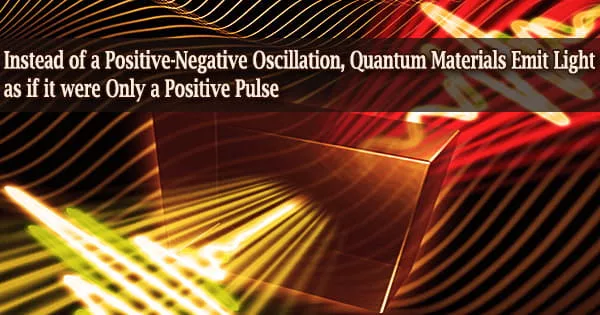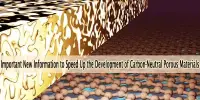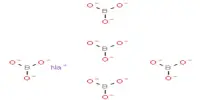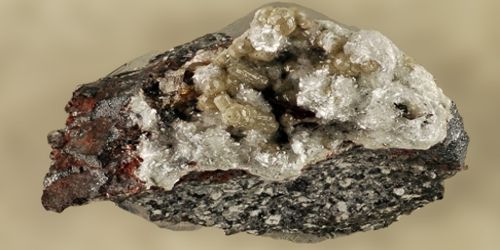A laser pulse that works around light waves’ inherent symmetry could modify quantum information, bringing us closer to room temperature quantum computers. The discovery, which was spearheaded by experts from the Universities of Regensburg and Michigan, could help speed up traditional computing.
Quantum computing has the potential to speed up solutions to issues that need simultaneous exploration of multiple factors, such as medicine development, weather prediction, and cyber security encryption. Quantum bits, or qubits, may encode both 1 and 0 at the same time, unlike traditional computer bits.
This essentially allows quantum computers to run through numerous possibilities at the same time rather than one at a time. However, because these mixed states are short-lived, information processing must be faster than electronic circuits can handle.
While laser pulses can be used to change the energy states of qubits, different means of computing, including a room-temperature technique, are feasible if charge carriers used to encode quantum information can be moved about.
Terahertz light, which lies somewhere between infrared and microwave radiation, oscillates quickly enough to achieve the required speed, but the wave’s form is a concern. In other words, electromagnetic waves must cause both positive and negative oscillations that add up to zero.
The positive cycle has the potential to transfer charge carriers like electrons. The negative cycle, on the other hand, draws the charges back to where they started. An asymmetric light wave is required to reliably control quantum information.
The resulting terahertz emission is stunningly unipolar, with the single positive half-cycle peaking about four times higher than the two negative ones. We have been working for many years on light pulses with fewer and fewer oscillation cycles. The possibility of generating terahertz pulses so short that they effectively comprise less than a single half-oscillation cycle was beyond our bold dreams.
Rupert Huber
“The optimum would be a completely directional, unipolar ‘wave,’ so there would be only the central peak, no oscillations. That would be the dream. But the reality is that light fields that propagate have to oscillate, so we try to make the oscillations as small as we can,” said Mackillo Kira, U-M professor of electrical engineering and computer science and leader of the theory aspects of the study in Light: Science & Applications.
Because only positive or negative waves are physically impossible, the multinational team devised a method to achieve the next best thing.
They effectively formed a unipolar wave with a sharp positive peak of high amplitude bordered by two long negative peaks of low amplitude. As a result, the positive peak is powerful enough to transport charge carriers, whereas the negative peaks are insignificant.
They achieved this by meticulously constructing nanosheets of a gallium arsenide semiconductor to design terahertz emission via electron and hole motion, which are essentially the gaps left behind when electrons move in semiconductors.
The nanosheets, which are roughly a thousandth of a hair thick, were created in Dominique Bougeard’s physics lab at the University of Regensburg in Germany.
The semiconductor nanosheets were then piled in front of a laser by Rupert Huber’s group, who is also a professor of physics at the University of Regensburg. The nanosheet created electrons when the near-infrared pulse touched it.
Because the nanosheets were designed in such a way that the electrons welcomed the separation from the holes, they accelerated forward. The electrons were then dragged back by the holes’ pull.
The energy gathered up from the laser pulse was released as a strong positive terahertz half-cycle preceded and followed by a faint, lengthy negative half-cycle when the electrons rejoined the holes.
“The resulting terahertz emission is stunningly unipolar, with the single positive half-cycle peaking about four times higher than the two negative ones,” Huber said. “We have been working for many years on light pulses with fewer and fewer oscillation cycles. The possibility of generating terahertz pulses so short that they effectively comprise less than a single half-oscillation cycle was beyond our bold dreams.”
The team plans to utilize these pulses to influence electrons in room-temperature quantum materials in the future, in order to investigate quantum information processing methods. The pulses could also be utilized to process traditional data at ultrafast speeds.
“Now that we know the key factor of unipolar pulses, we may be able to shape terahertz pulses to be even more asymmetric and tailored for controlling semiconductor qubits,” said Qiannan Wen, a Ph.D. student in applied physics at U-M and a co-first-author of the study, along with Christian Meineke and Michael Prager, Ph.D. students in physics at the University of Regensburg.
The experiment and characterisation of the nanosheets were assisted by collaborators from Justus Liebig University Giessen and Helmut Schmidt University, both in Germany. This research was supported by the German Research Foundation (DFG), W.M. Keck Foundation and the National Science Foundation.
















